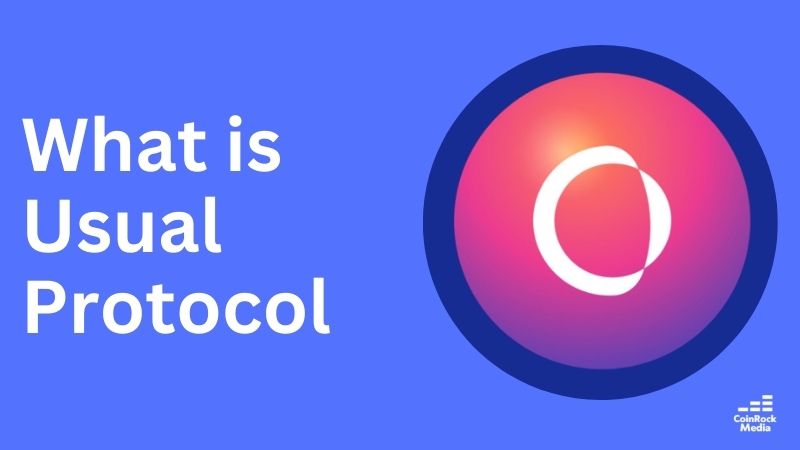The Open Network (TON) is a cutting-edge blockchain platform that aims to revolutionize the way digital transactions and applications are built.
It started as a project by Telegram, one of the world’s most popular messaging apps, but has evolved into an independent and robust blockchain system.
TON is designed to be scalable, secure, and decentralized, with a primary goal of creating an open ecosystem for decentralized applications (dApps) and digital assets.
In this article, we’ll break down what TON is, how it works, and why it’s gaining attention in the blockchain space.
What is The Open Network (TON)?
The Open Network (TON) is a next-generation blockchain that was initially created by the team behind Telegram in 2018.
Although Telegram had to abandon the project due to regulatory challenges, TON continued to evolve under the guidance of the open-source community. Today, it operates independently as a decentralized network.
TON aims to solve many of the issues that traditional blockchains face, such as scalability and speed. The goal is to create a blockchain that’s fast, highly scalable, and capable of handling millions of users without compromising security or decentralization.
Key Features of TON
1. Scalability
Unlike other blockchains that struggle to handle a large number of transactions, TON uses a unique sharding mechanism to process transactions in parallel. This allows the network to scale efficiently without slowing down as more users join the system.
2. Speed
TON’s blockchain is built to process transactions at high speeds. By combining the power of sharding with a high-throughput consensus mechanism, TON is capable of confirming transactions in seconds—far faster than many existing blockchains like Bitcoin or Ethereum.
3. Decentralization
One of the core principles of TON is decentralization. The network relies on multiple independent validators to confirm transactions, ensuring that no single party has control over the system. This creates a more resilient and transparent platform.
4. Multi-Chain Architecture
TON is designed to support multiple blockchains running in parallel, which is referred to as its multi-chain architecture. Each blockchain (or shard) on the network operates independently but can communicate with other shards, which significantly increases the network’s capacity and flexibility.
5. TON Services and Ecosystem
Beyond being a digital currency platform, TON also allows developers to build decentralized applications (dApps), services, and smart contracts. This creates an ecosystem where users can interact with various services like wallets, marketplaces, and even games built on the network.
How Does The Open Network (TON) Work?
TON’s technology is based on several key components that work together to create a fast, secure, and scalable platform:
1. Sharding
As mentioned earlier, sharding is a method of splitting the blockchain into smaller, manageable parts, or “shards.” Each shard processes its own transactions, which prevents the network from becoming congested. Sharding is crucial for scaling blockchains and ensures that TON can handle millions of users without performance issues.
2. Proof of Stake (PoS)
To validate transactions, TON uses a Proof of Stake consensus process. Validators get selected based on their cryptocurrency holdings and readiness to “invest” as collateral. Validators are rewarded for validating transactions correctly and penalized for dishonest behavior, ensuring the integrity of the network.
3. TON Coin (TON)
TON’s native cryptocurrency is called TON Coin (TON). It’s used to pay for transactions, interact with dApps, and incentivize validators. TON Coin plays a central role in the ecosystem, facilitating decentralized governance and serving as the medium for network transactions.
4. Smart Contracts
Like Ethereum, TON supports smart contracts—self-executing contracts with the terms directly written into code. These contracts can automate processes, such as payments or data transfers, making it easier to build decentralized applications.
Why Get Concerned About TON?
1. Fast and Efficient Transactions
The speed at which TON processes transactions makes it an attractive option for developers and users alike. Whether you’re transferring assets or using decentralized applications, TON offers a smoother experience with its fast transaction times.
2. A Growing Ecosystem
TON is designed to foster an ecosystem where developers can build and deploy decentralized applications. This opens up a wide range of possibilities for developers in sectors like finance, gaming, and digital identity, among others.
3. Security and Decentralization
By using a decentralized network of validators and a Proof of Stake consensus mechanism, TON offers strong security for users. The decentralized nature of the network also ensures that there is no single point of failure, making it more resilient against attacks or centralized control.
TON vs Other Blockchains: What Sets It Apart?
Many blockchain projects are working toward scalability, decentralization, and speed, but TON stands out for its combination of these features.
Most blockchains either sacrifice speed for decentralization (like Bitcoin) or decentralization for speed (like centralized systems).
TON strikes a balance, making it one of the most promising blockchain projects in the market today.
The Future of The Open Network (TON)
The future of TON looks bright. With growing support from the open-source community and the potential for Telegram integration, TON has the opportunity to become a major player in the blockchain space.
Its combination of scalability, speed, and decentralized features makes it a strong contender for a wide range of applications, from digital currencies to decentralized apps.
Conclusion
The Open Network (TON) is a forward-thinking blockchain designed to tackle the scalability, speed, and security issues that other blockchain platforms face.
With its multi-chain architecture and decentralized nature, TON is well-positioned to play a pivotal role in the future of blockchain technology.
As adoption grows and developers continue to build on the network, TON has the potential to reshape how digital assets and decentralized applications operate.





